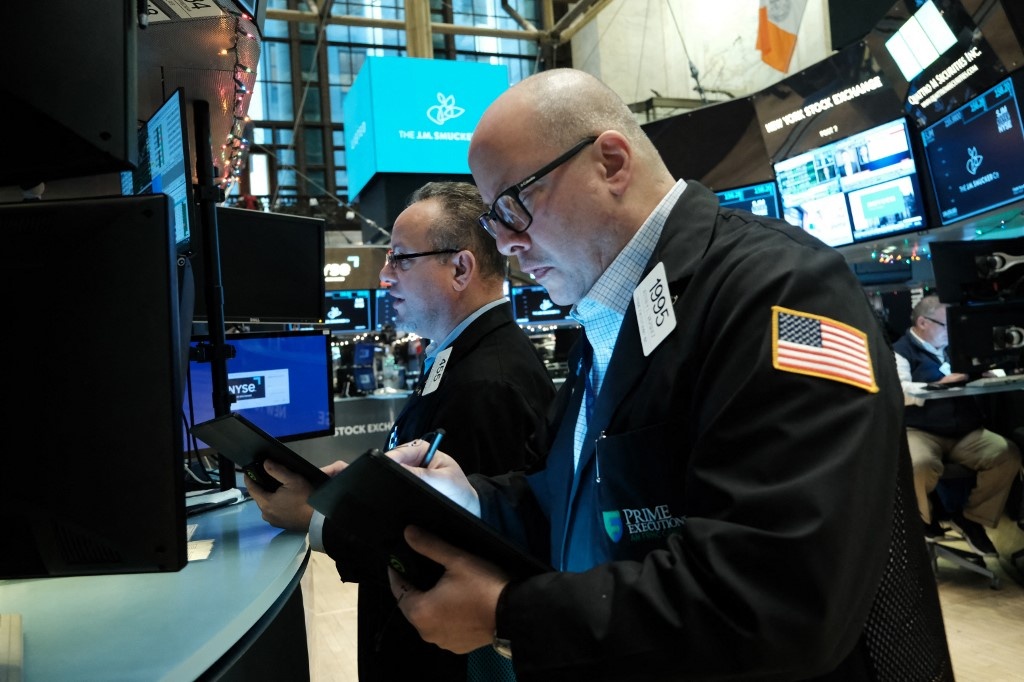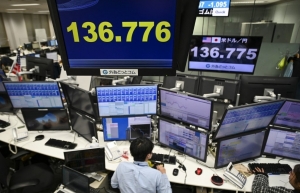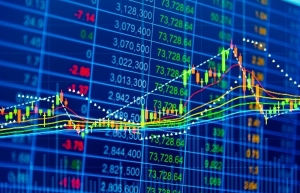US Fed expected to slow pace of rate hikes as inflation eases
The Federal Reserve has embarked on an all-out campaign to cool demand in the world's biggest economy, raising rates six times this year with interest-sensitive sectors like housing already reeling from tightening policy.
 |
| NEW YORK, NEW YORK - DECEMBER 13: Traders work on the floor of the New York Stock Exchange (NYSE) on December 13, 2022 in New York City. In a sign that the Federal Reserve's rate-raising campaign to fight inflation is starting to take effect, consumer price growth slowed in November to 7.1%. Spencer Platt/Getty Images/AFP |
But there have been positive signs, with consumer inflation in the United States easing in November, according to government data released Tuesday.
The consumer price index, a key gauge of inflation, logged its smallest annual increase in nearly a year, fueling optimism that the Fed could soon moderate its efforts.
Households have been squeezed by red-hot prices, with conditions worsened by surging food and energy costs after Russia's invasion of Ukraine, and fallout from China's zero-Covid measures.
To make borrowing more expensive, the Fed has raised interest rates six times, including four bumper 0.75-point increases, bringing the rate to between 3.75 percent and four percent.
Analysts widely expect the Fed to adopt a smaller, half-point hike on Wednesday, with Ian Shepherdson of Pantheon Macroeconomics calling it a "a done deal" in an analysis.
While this marks a step down from earlier 0.75-point increases, it would still be a steep jump.
Shepherdson cautioned that Fed Chair Jerome Powell is "in no hurry to say what markets want to hear."
"(Powell) is unlikely to deviate from his clear line that the Fed will do whatever is necessary to squeeze out inflation, and that some pain will be necessary," Shepherdson added.
- 'Not yet proof' -
Recent easing in inflation data is welcome news to policymakers, but this is "not yet proof that inflation has sustainably cooled to levels consistent with the inflation target," cautioned economist Edoardo Campanella of UniCredit Bank in a note.
The Fed has a longer-term inflation target of two percent.
"The Fed will likely further slow the pace of rate hikes early next year to 25 basis points," Campanella added.
"However, with the labor market still very tight... and with broad financial conditions easing, the Fed will likely say that their job is not done," he said.
Neil Saunders, managing director of GlobalData, added that the Fed is taking a "hawkish view on inflation" and will likely conclude further tightening is needed, based on the continued strength of underlying demand in the economy.
"As much as this action may have the desired effect, it will cool the economy at a time when it is already under pressure heading into 2023," said Saunders.
The Fed's further rate hike will also mark "a new phase" in its tightening cycle, said Nationwide chief economist Kathy Bostjancic in a note Monday.
This comes as officials look to adjust policy now that it is "within the range considered restrictive."
Financial markets will be watching for signals of how high rates might go, and "the path for rates beyond that peak," she added.
 | Fed rate hopes weigh on dollar, stocks fall ahead of US jobs data The dollar struggled to recover on Friday from its recent sell-off as traders grew confident the Federal Reserve will slow its pace of interest rate hikes, while an equities rally sputtered ahead of key US jobs data. |
 | Markets mixed ahead of inflation, Fed decision Markets were mixed Tuesday as nervous investors sat tight ahead of key US inflation data and a Federal Reserve policy decision but fresh pledges by China to open up from zero-Covid offered support. |
What the stars mean:
★ Poor ★ ★ Promising ★★★ Good ★★★★ Very good ★★★★★ Exceptional
 Tag:
Tag:
Related Contents
Latest News
More News
- Banks gear up for massive capital increases (December 18, 2025 | 17:04)
- Securing capital and efficiency for Vietnam’s 2026-2030 growth ambitions (December 17, 2025 | 10:00)
- Energy sector in need of blended finance mechanisms (December 17, 2025 | 09:00)
- Vietnam still has room to mobilise capital for sustainable growth (December 17, 2025 | 08:57)
- Long-term capital seen as key hurdle to green growth (December 16, 2025 | 08:00)
- Gold prices swing amid tax debate and import uncertainty (December 15, 2025 | 18:04)
- Agribank frames bank credit as catalyst for green growth (December 15, 2025 | 17:59)
- Vietnam’s green transition demands collective financial action (December 15, 2025 | 12:00)
- VIR workshop highlights capital and policy for sustainable development (December 15, 2025 | 11:00)
- Promoting digital assets initiative in Vietnam (December 13, 2025 | 09:30)
























 Mobile Version
Mobile Version